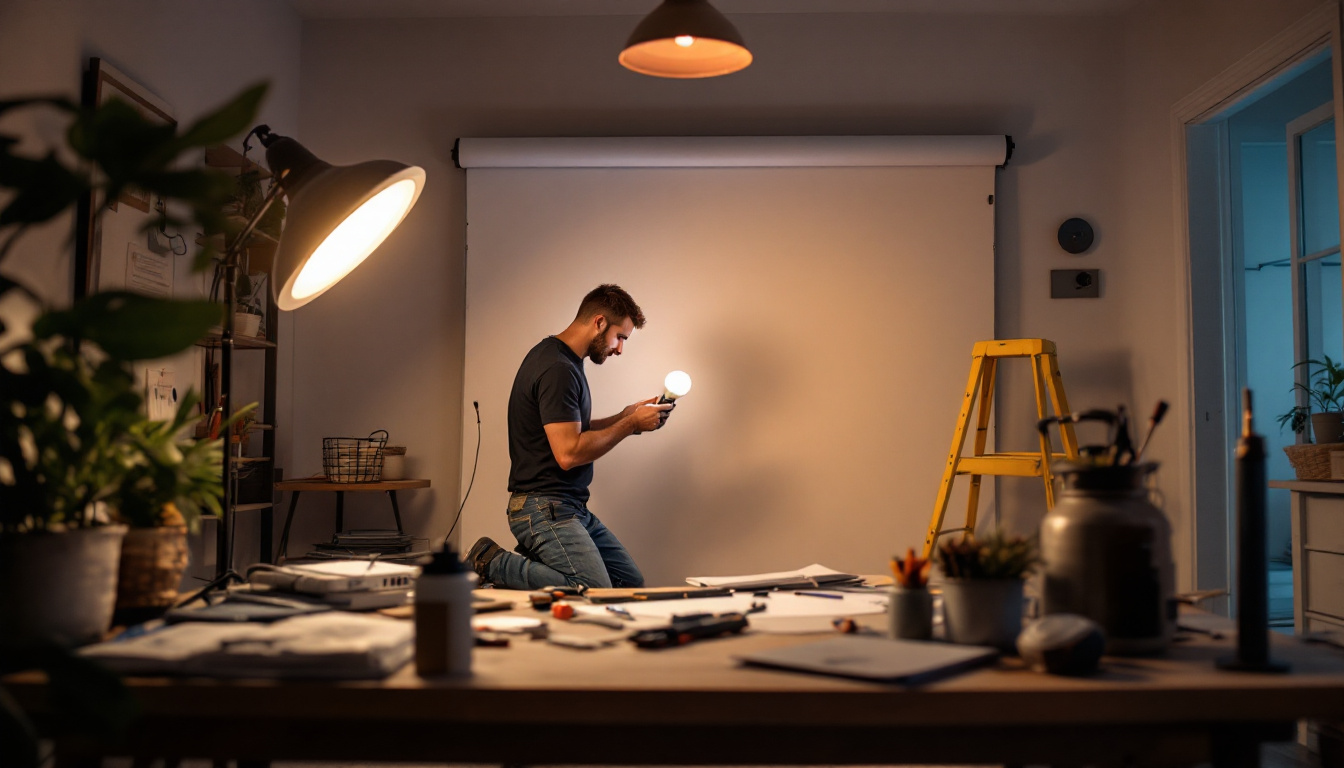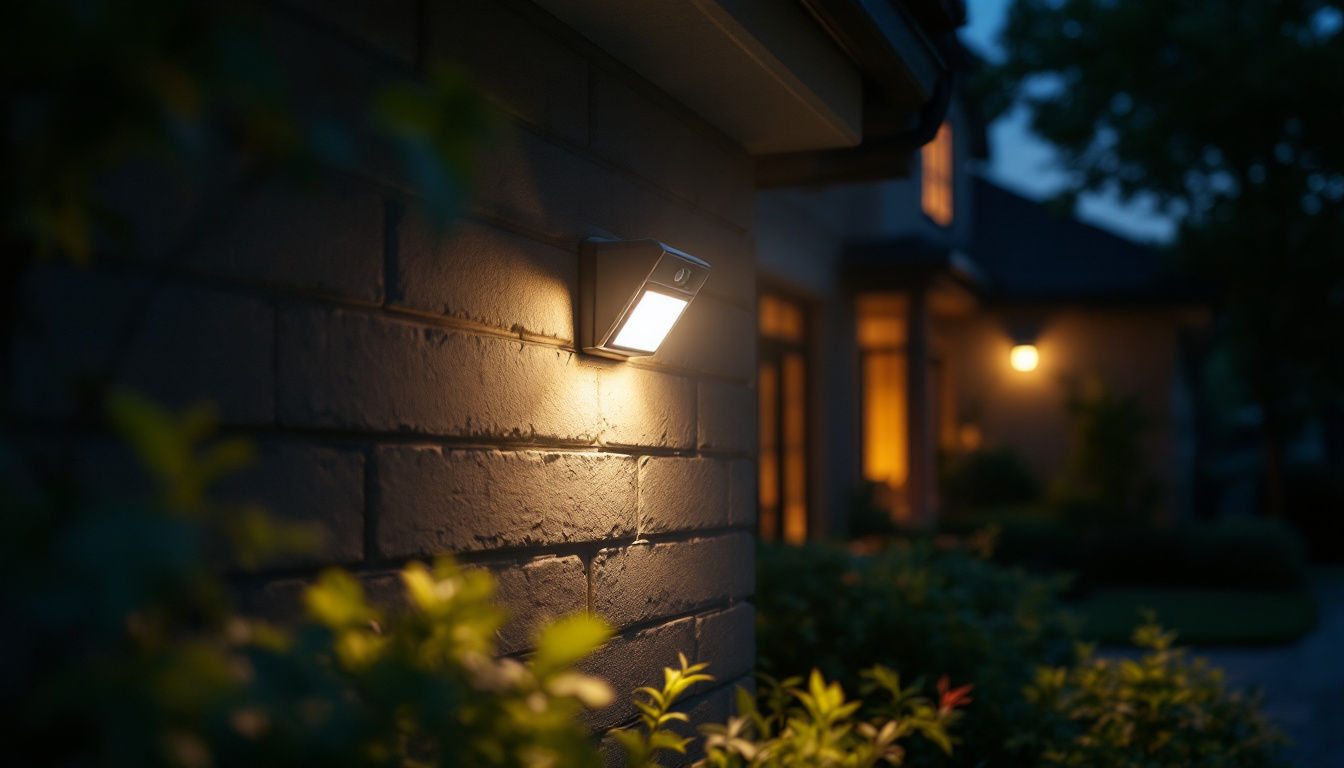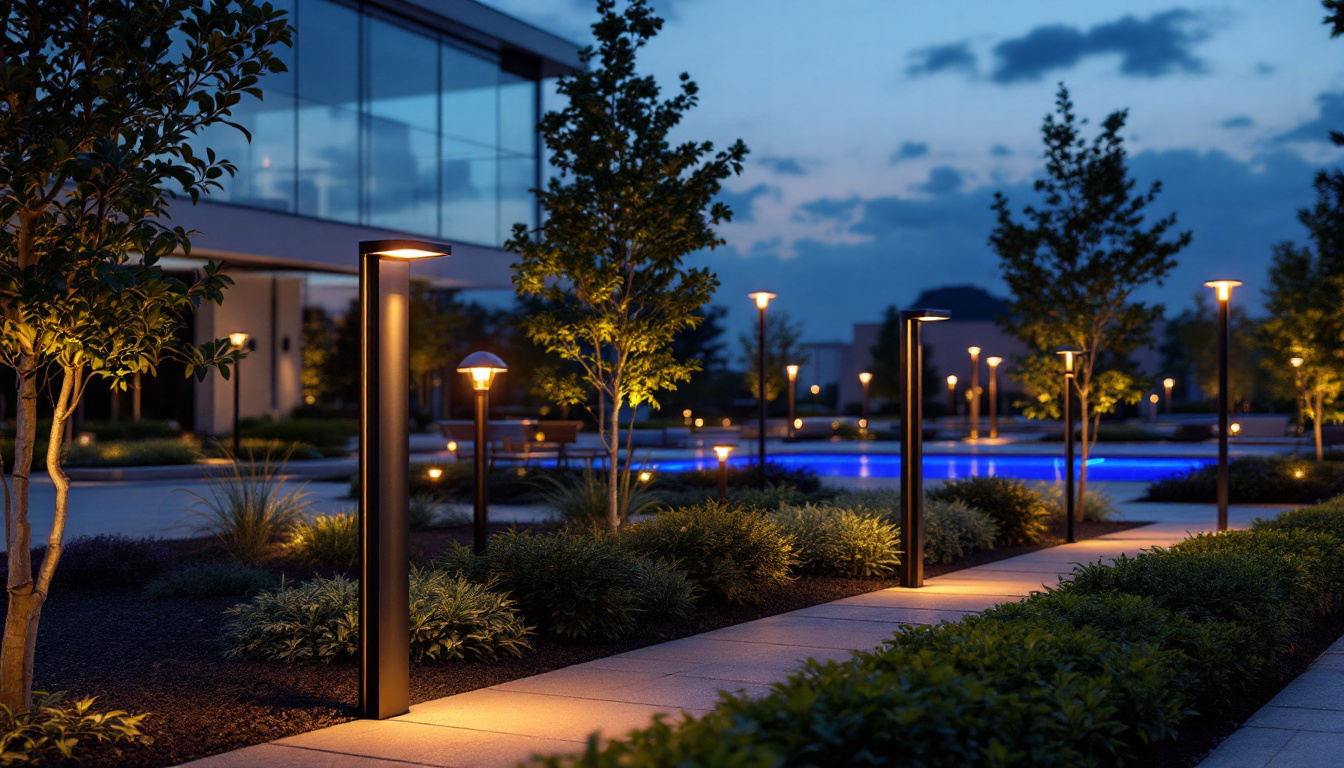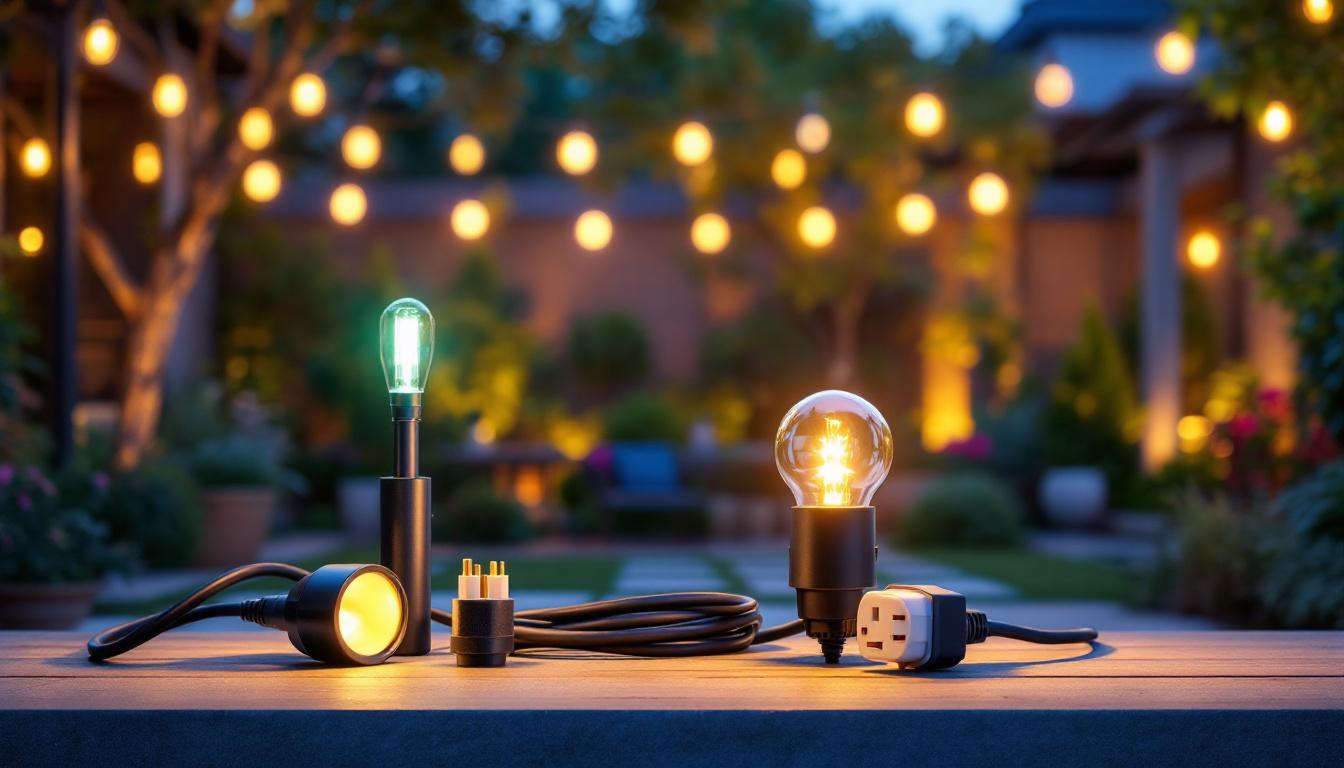
As the demand for energy-efficient lighting solutions continues to rise, lighting contractors are increasingly turning to LED technology. Among the various options available, the 8-foot LED bulb stands out for its versatility and efficiency. This article delves into the essential tools and considerations for lighting contractors when working with 8-foot LED bulbs, ensuring that projects are completed efficiently and effectively.
8-foot LED bulbs are designed to replace traditional fluorescent tubes, offering significant energy savings and a longer lifespan. These bulbs are commonly used in commercial and industrial settings, such as warehouses, retail spaces, and large office buildings. Their ability to provide bright, uniform lighting makes them an ideal choice for contractors looking to enhance visibility and reduce energy costs.
The transition to LED technology has numerous advantages. One of the most compelling benefits is energy efficiency. 8-foot LED bulbs consume significantly less power compared to their fluorescent counterparts, leading to reduced electricity bills for clients. Additionally, they have a longer lifespan, often lasting up to 50,000 hours or more, which minimizes the need for frequent replacements.
Moreover, LED bulbs emit less heat, which can contribute to a more comfortable environment in commercial spaces. This characteristic not only enhances the overall experience for employees and customers but also reduces the burden on HVAC systems, further driving down energy costs. The reduced heat output also means that these bulbs are safer to use in environments where heat-sensitive materials are present, making them a smart choice for various industries.
Lighting contractors often find 8-foot LED bulbs to be suitable for a wide range of applications. In warehouses, these bulbs can illuminate large areas, ensuring safety and productivity. Retail spaces benefit from the bright, inviting light that enhances product visibility, while office environments can create a more pleasant atmosphere for employees.
Furthermore, outdoor applications such as parking lots and building exteriors can also utilize 8-foot LED bulbs, providing security and visibility during nighttime hours. The versatility of these bulbs makes them a valuable addition to any lighting contractor’s toolkit. Additionally, their ability to withstand harsh weather conditions makes them an excellent choice for outdoor installations, ensuring durability and consistent performance regardless of the environment. As cities increasingly focus on sustainability, the adoption of 8-foot LED bulbs in street lighting and public spaces is becoming more common, contributing to lower energy consumption and promoting eco-friendly practices.
To ensure a successful installation of 8-foot LED bulbs, lighting contractors must be equipped with the right tools. Proper tools not only enhance efficiency but also ensure safety during the installation process. Below are some essential tools that every contractor should have on hand.
Basic hand tools are fundamental for any lighting installation project. A reliable set of screwdrivers, pliers, and wire strippers are essential for handling electrical connections. Additionally, a good quality utility knife can be useful for cutting through packaging or insulation materials.
Having a multimeter is also crucial for testing voltage and ensuring that electrical circuits are functioning correctly before and after installation. This tool helps in troubleshooting any issues that may arise during the installation process, providing peace of mind for both the contractor and the client. Moreover, a tape measure is indispensable for ensuring that the fixtures are positioned accurately, particularly in larger spaces where precise measurements can make a significant difference in the overall aesthetic and functionality of the lighting design.
Safety should always be a priority when working with electrical installations. Lighting contractors should invest in high-quality safety gear, including gloves, safety glasses, and hard hats. These items protect against potential hazards associated with electrical work.
Additionally, fall protection equipment may be necessary when working at heights, particularly in large commercial spaces where ladders or scaffolding are required. Ensuring that all safety protocols are followed not only protects the contractor but also enhances the overall professionalism of the service provided. Furthermore, having a first aid kit readily available on-site can be a lifesaver in case of minor injuries, reinforcing the importance of preparedness in any installation project.
In addition to basic hand tools, specialized installation tools can streamline the process of installing 8-foot LED bulbs. For instance, a pole-mounted lift can be invaluable for reaching high ceilings in warehouses or retail spaces. This equipment allows for safe and efficient installation without the need for ladders.
Furthermore, a laser level can help ensure that fixtures are installed at the correct height and alignment, contributing to a polished final appearance. Investing in these specialized tools can significantly reduce installation time and improve the quality of work. Another useful tool is a wire puller, which can assist in running wiring through conduits or tight spaces, making the installation process smoother and less cumbersome. This not only saves time but also minimizes the risk of damaging wires during installation, ensuring a reliable and safe lighting setup.
Not all 8-foot LED bulbs are created equal. Lighting contractors must consider several factors when selecting the appropriate bulb for a specific project. Understanding these factors can lead to better outcomes and increased client satisfaction.
The wattage of an LED bulb directly correlates to its brightness, measured in lumens. When choosing an 8-foot LED bulb, contractors should assess the lighting requirements of the space. For instance, warehouses may require higher lumens for safety and visibility, while office environments may benefit from softer lighting.
It’s essential to strike a balance between energy efficiency and adequate lighting. A bulb with too low a wattage may not provide sufficient illumination, while one that is too bright can create discomfort for occupants. Understanding the needs of the space will guide the selection process.
Color temperature, measured in Kelvins (K), plays a crucial role in the ambiance of a space. For instance, a color temperature of 3000K produces a warm, inviting light, ideal for retail settings. In contrast, a cooler temperature of 5000K mimics daylight and is often preferred in industrial or warehouse environments.
Contractors should discuss color temperature options with clients to ensure that the selected bulbs align with their preferences and the intended use of the space. This consideration can significantly impact the overall satisfaction with the lighting solution.
Before purchasing 8-foot LED bulbs, it is essential to evaluate the compatibility with existing fixtures. Some fixtures may require retrofitting to accommodate LED technology, while others may be designed specifically for LED bulbs. Understanding these requirements can prevent delays and additional costs during installation.
Contractors should also consider whether the bulbs are compatible with dimming systems, as many clients appreciate the ability to adjust lighting levels based on their needs. Ensuring compatibility will lead to a smoother installation process and a more satisfied client.
Once the appropriate tools and bulbs have been selected, the next step is to focus on installation best practices. Proper installation is critical to maximizing the performance and lifespan of 8-foot LED bulbs.
Before beginning the installation process, contractors should conduct thorough pre-installation checks. This includes inspecting existing fixtures and wiring for any signs of damage or wear. Ensuring that all components are in good condition will help prevent issues down the line.
Additionally, reviewing the installation site for any potential hazards, such as overhead obstructions or inadequate lighting, is crucial. Taking the time to assess the environment can lead to a safer and more efficient installation process.
When handling 8-foot LED bulbs, it is essential to follow proper techniques to avoid damage. Contractors should always handle bulbs by the base, avoiding contact with the glass whenever possible. This practice helps prevent fingerprints and oils from affecting the bulb’s performance.
During installation, ensuring that the bulbs are securely fastened in their fixtures is critical. Loose connections can lead to flickering or premature failure. Following the manufacturer’s guidelines for installation will help ensure that the bulbs operate as intended.
Even with high-quality 8-foot LED bulbs, maintenance and troubleshooting are necessary to ensure optimal performance over time. Lighting contractors should be prepared to address any issues that may arise after installation.
Conducting regular inspections of installed LED bulbs is essential for identifying potential issues before they escalate. Contractors should check for signs of flickering, dimming, or complete failure. Early detection can save clients money and prevent more extensive repairs.
Additionally, ensuring that fixtures are clean and free from dust and debris can enhance the performance of LED bulbs. A simple cleaning routine can extend the lifespan of the bulbs and maintain their brightness.
In the event of flickering or dimming, contractors should first check the connections to ensure they are secure. If the issue persists, testing the voltage with a multimeter can help identify electrical problems. In some cases, replacing the bulb may be necessary, especially if it has reached the end of its lifespan.
For clients who experience frequent issues, it may be worth evaluating the electrical system to ensure it can support the lighting load. Upgrading the system may be necessary to prevent ongoing problems.
8-foot LED bulbs are an essential component of modern lighting solutions, offering energy efficiency and versatility for a variety of applications. For lighting contractors, understanding the benefits, installation tools, and best practices is crucial for delivering high-quality service to clients.
By investing in the right tools, selecting appropriate bulbs, and following installation best practices, contractors can ensure that their projects are successful and meet client expectations. As the demand for energy-efficient lighting continues to grow, staying informed about the latest trends and technologies will position contractors for success in the ever-evolving lighting industry.
Ready to elevate your lighting projects with the efficiency and versatility of 8-foot LED bulbs? Look no further than LumenWholesale for all your lighting needs. We provide contractors with high-quality, spec-grade lighting products at unbeatable wholesale prices. Say goodbye to local distributor markups and hello to superior lighting products that meet the highest industry standards. With our hassle-free bulk buying and free shipping, you can trust that you’re getting premium lighting at the best value — without any hidden fees. Make your next project shine with the perfect blend of quality, affordability, and convenience at LumenWholesale.

Discover the key benefits and installation tips of LED exterior motion detector lights in this essential guide for lighting contractors.

Discover essential insights into bollard lights with our comprehensive guide tailored for lighting contractors.

Discover essential insights into selecting and installing plugs for outdoor lighting with our comprehensive guide tailored for lighting contractors.

Discover expert electrical supply lighting advice for contractors, learn key tips to enhance project efficiency, and optimize lighting solutions—boost your expertise today!.